Retro Replay Review
Gameplay
Reader Rabbit delivers a well-paced and engaging suite of activities designed to gently introduce young learners to fundamental reading and spelling skills. Players can choose from four core word games—the word sorter, picture labeler, word train, and a memory-based challenge—each increasing in difficulty and complexity as the child’s confidence grows. This gradual progression ensures that children remain motivated without feeling overwhelmed, striking a rewarding balance between challenge and success.
(HEY YOU!! We hope you enjoy! We try not to run ads. So basically, this is a very expensive hobby running this site. Please consider joining us for updates, forums, and more. Network w/ us to make some cash or friends while retro gaming, and you can win some free retro games for posting. Okay, carry on 👍)
The word sorter activity encourages kids to organize words by their initial letters or sounds, fostering phonemic awareness through interactive drag-and-drop mechanics. In the picture labeler, children match images to the correct spelled word, reinforcing vocabulary acquisition while benefiting from immediate audio feedback. These two activities alone offer ample variation, letting learners tackle visual recognition and phonics in distinct, age-appropriate ways.
As players advance, the word train delivers a fresh twist: children assemble a “train” of letters to form complete words. This exercise deepens their understanding of letter order and spelling patterns. Finally, the memory variation adds a layer of cognitive play, challenging young minds to recall word-image pairs and strengthening both memory retention and reading comprehension. Overall, the gameplay loop feels thoughtfully crafted to nurture early literacy in under-7 audiences.
Graphics
The visuals in Reader Rabbit are bright, colorful, and perfectly tailored to captivate preschoolers and early elementary kids. Simple backgrounds keep the focus on the educational tasks, while charming character animations — particularly of the iconic rabbit protagonist — add personality and warmth. Every button, icon, and award sticker is rendered with clarity, ensuring children can navigate without confusion.
Although the graphics approach simplicity over realism, they excel in conveying concepts clearly. Words appear in large, legible fonts, and pictures are rendered with bold outlines and solid fills, making them instantly recognizable. Subtle animations—such as a bouncing letter or a smiling rabbit cheer—provide gratifying visual feedback whenever players answer correctly, reinforcing a sense of accomplishment.
The color palette leans on primary hues—reds, blues, and yellows—to appeal to young eyes without causing overstimulation. Background music and sound effects complement the art style, using playful chimes and gentle encouragement rather than loud or distracting noises. This thoughtful design ensures children remain focused on the learning objectives instead of being pulled into purely aesthetic details.
Story
While Reader Rabbit isn’t story-driven in the traditional sense, it weaves a light narrative framework around each learning activity. The rabbit character serves as a cheerful guide, inviting players into a whimsical world of letters and words. Between games, Reader Rabbit provides brief, encouraging commentary that feels like a supportive tutor rather than a faceless menu screen.
The absence of an elaborate plot keeps the spotlight firmly on skill-building, but subtle thematic touches—like traveling through a “train station” of words or organizing a library of picture cards—create a sense of purpose and progression. Children can imagine themselves on a reading adventure with Reader Rabbit, making each spelling exercise feel like the next step in a fun journey.
Intermittent reward sequences, such as earning digital stickers or unlocking animated congratulatory messages, serve as narrative beats that celebrate each milestone. This approach helps maintain a cohesive experience, motivating kids to move from one game to the next without feeling disjointed. In essence, the story is less about plot twists and more about sustained encouragement and achievement.
Overall Experience
Reader Rabbit stands out as a highly accessible and effective entry-level educational title for kids aged 3 to 7. Parents and educators will appreciate its clear learning objectives, adjustable difficulty levels, and non-intimidating interface. The four diverse mini-games cover a broad spectrum of early literacy skills, allowing children to practice phonics, vocabulary, spelling, and memory all in one package.
Replay value is substantial: with increasing difficulty tiers and the option to revisit earlier levels for reinforcement, learners can repeatedly return to activities as they grow. The program also offers built-in encouragement and positive reinforcement, which helps to foster a love of reading rather than turning it into a chore. This makes Reader Rabbit equally useful for homeschooling moms and classroom teachers seeking supplemental tools.
In terms of longevity, Reader Rabbit’s design strikes a nice balance between simplicity and depth. Younger players will be enthralled by the colorful presentation and immediate feedback, while older children—toward age 7—can tackle the more challenging word train and memory games without quickly outgrowing the content. Overall, it’s a thoughtfully designed educational experience that feels more like play than drill, making it an excellent choice for parents looking to give their children a head start in literacy.
 Retro Replay Retro Replay gaming reviews, news, emulation, geek stuff and more!
Retro Replay Retro Replay gaming reviews, news, emulation, geek stuff and more!

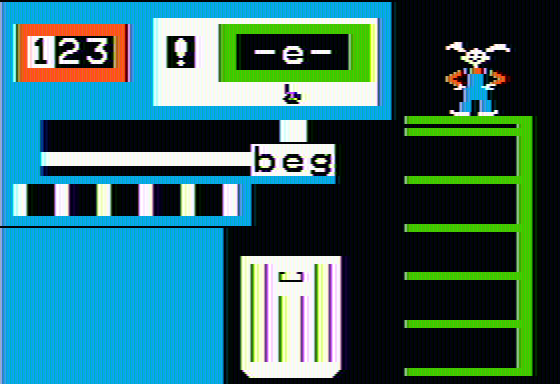
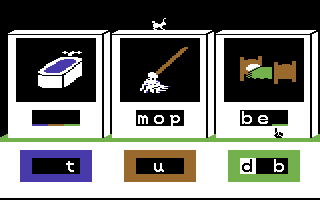
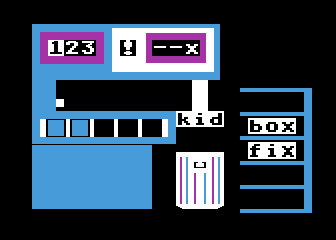
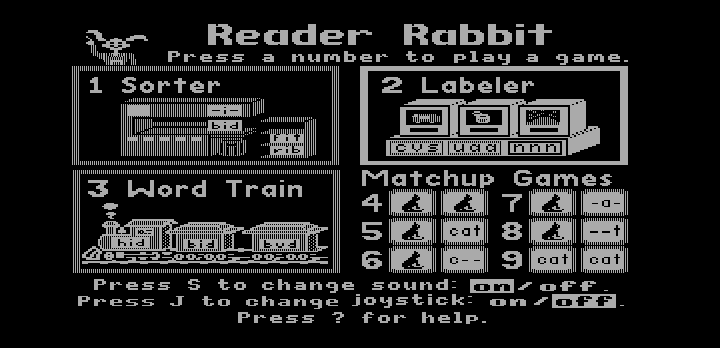
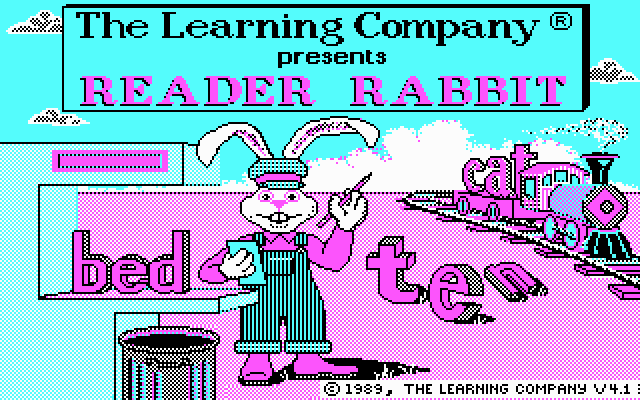



Reviews
There are no reviews yet.